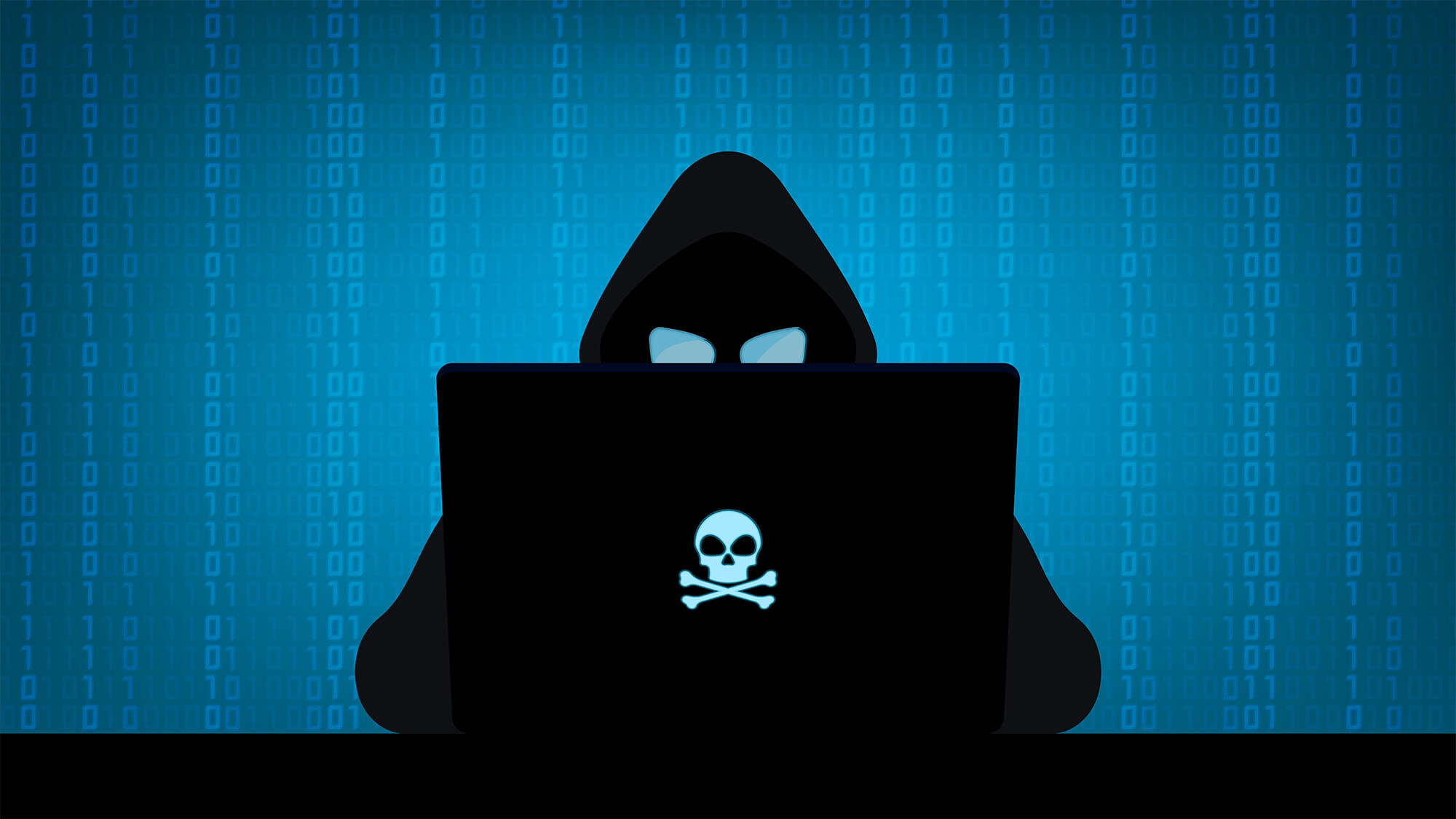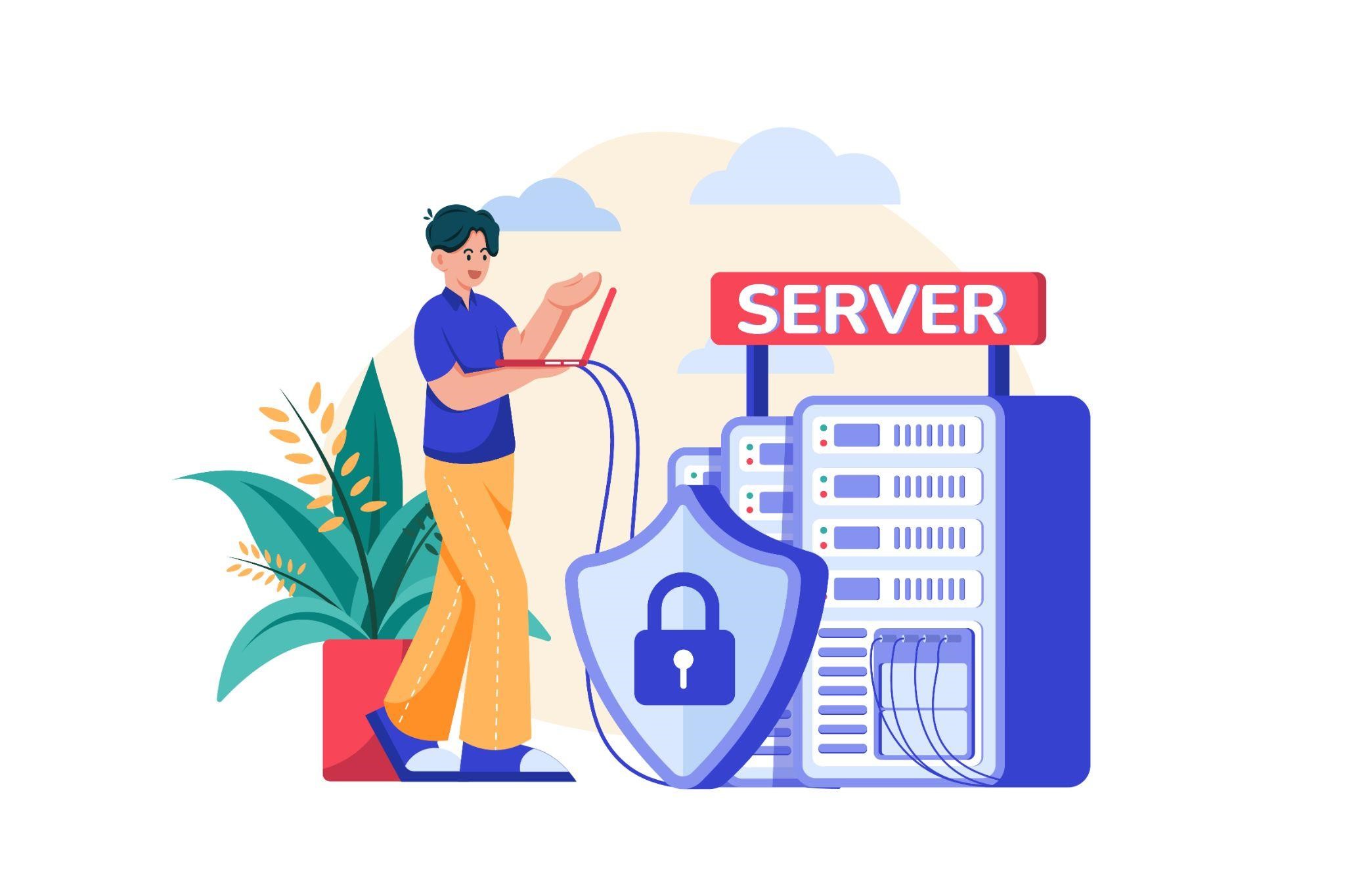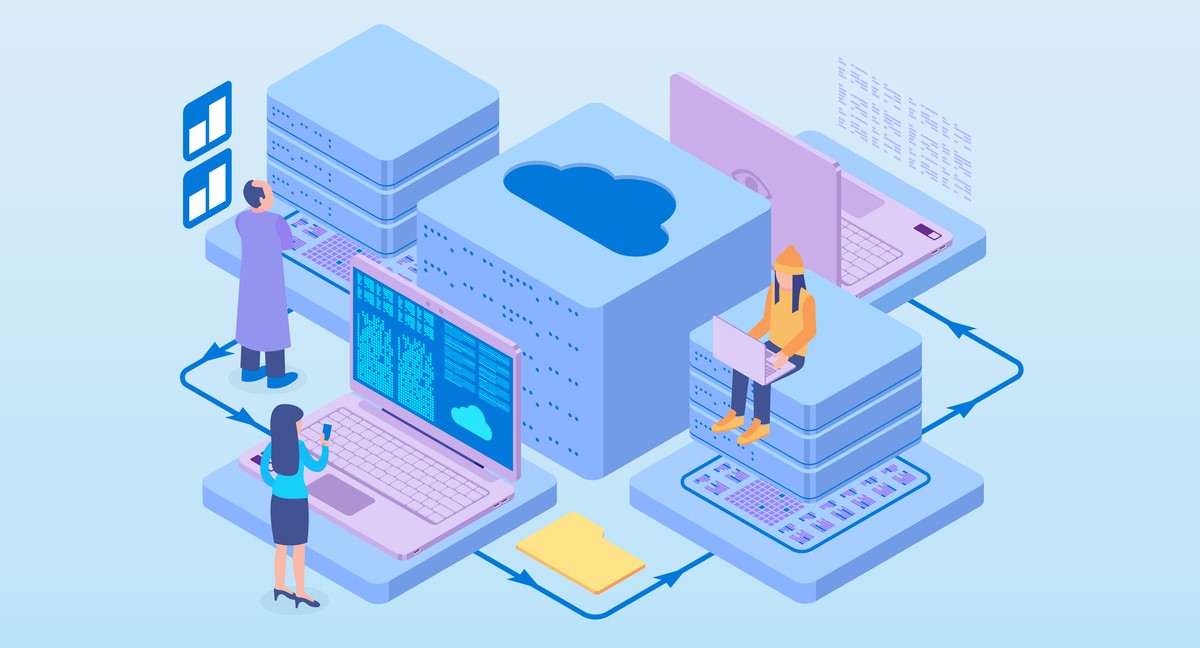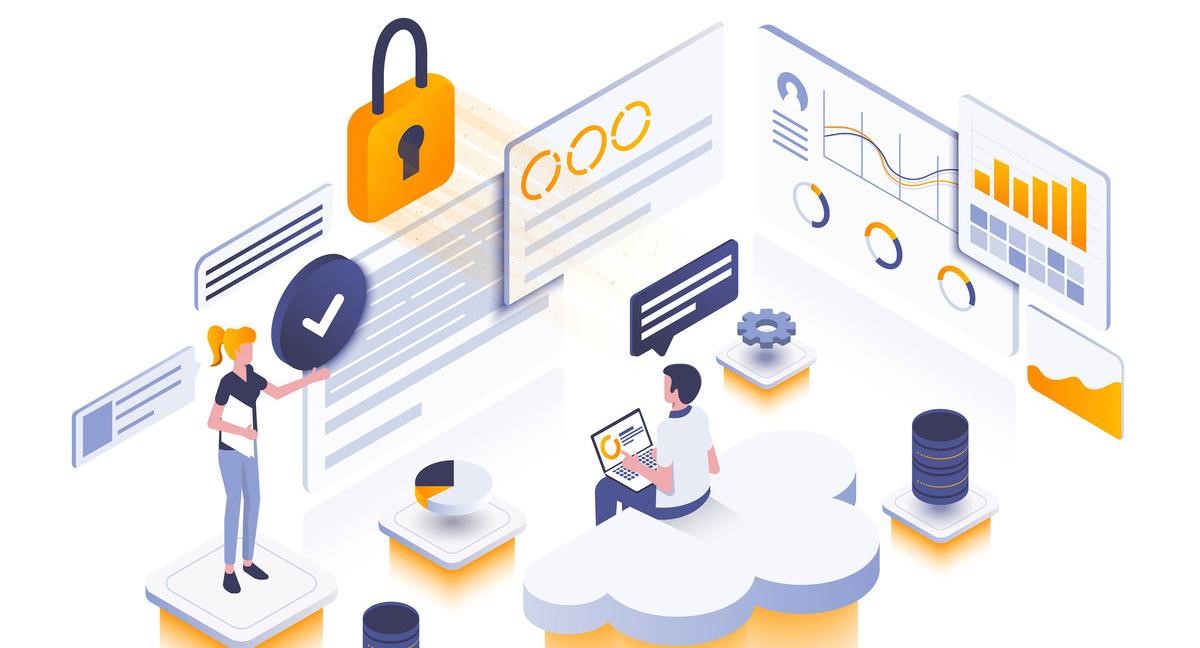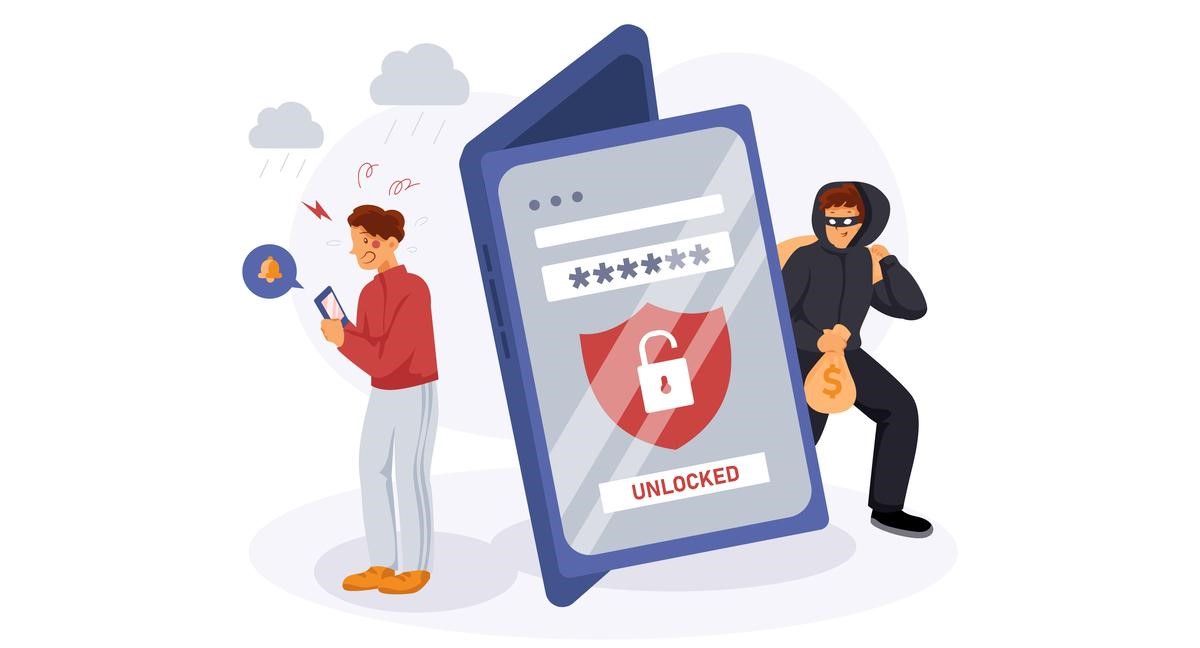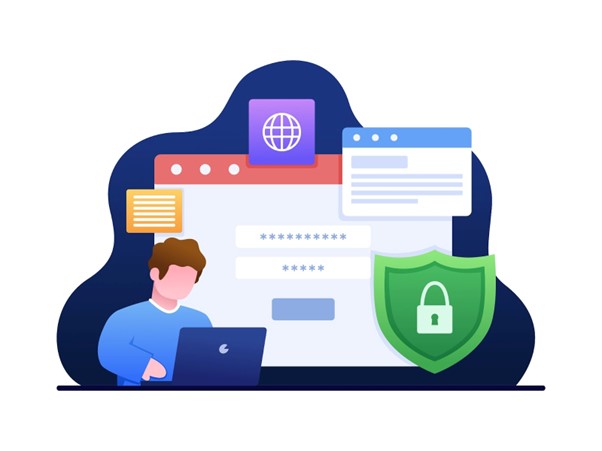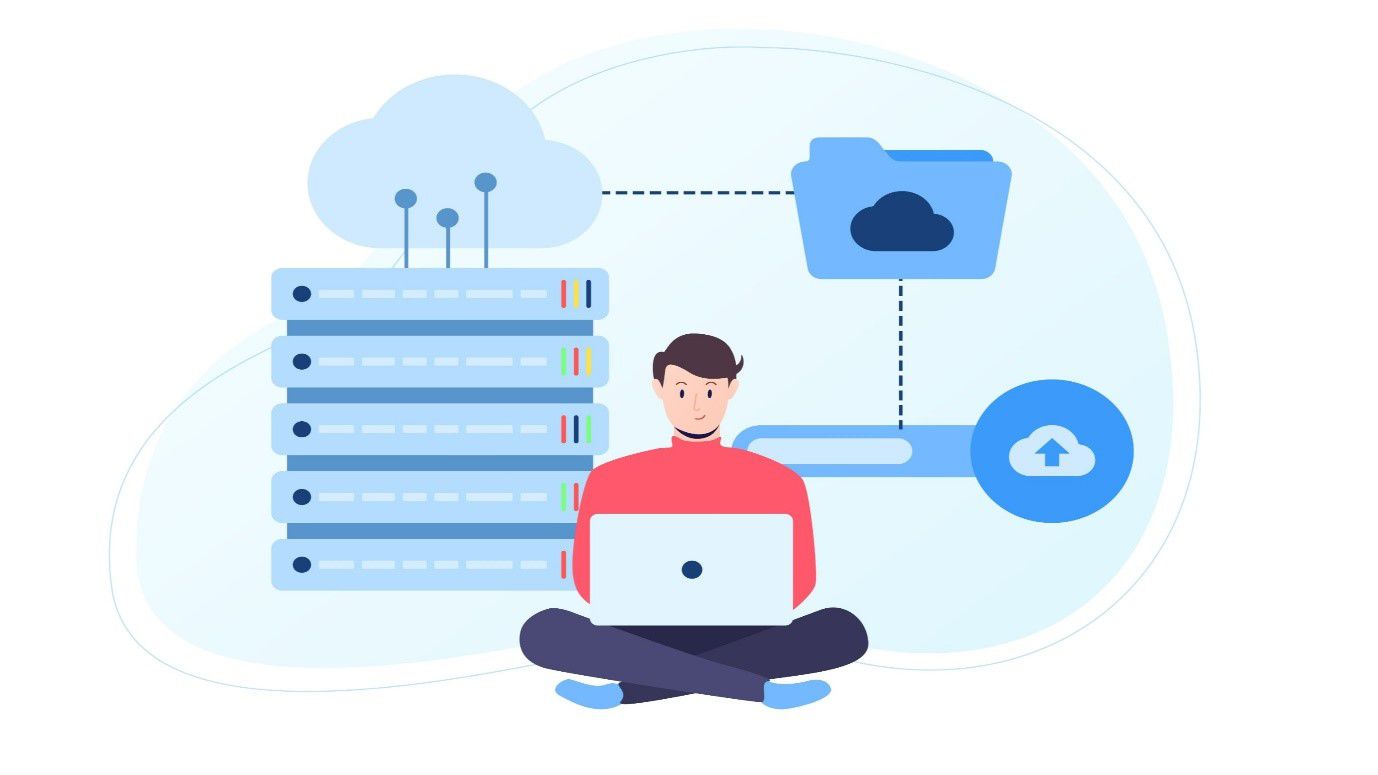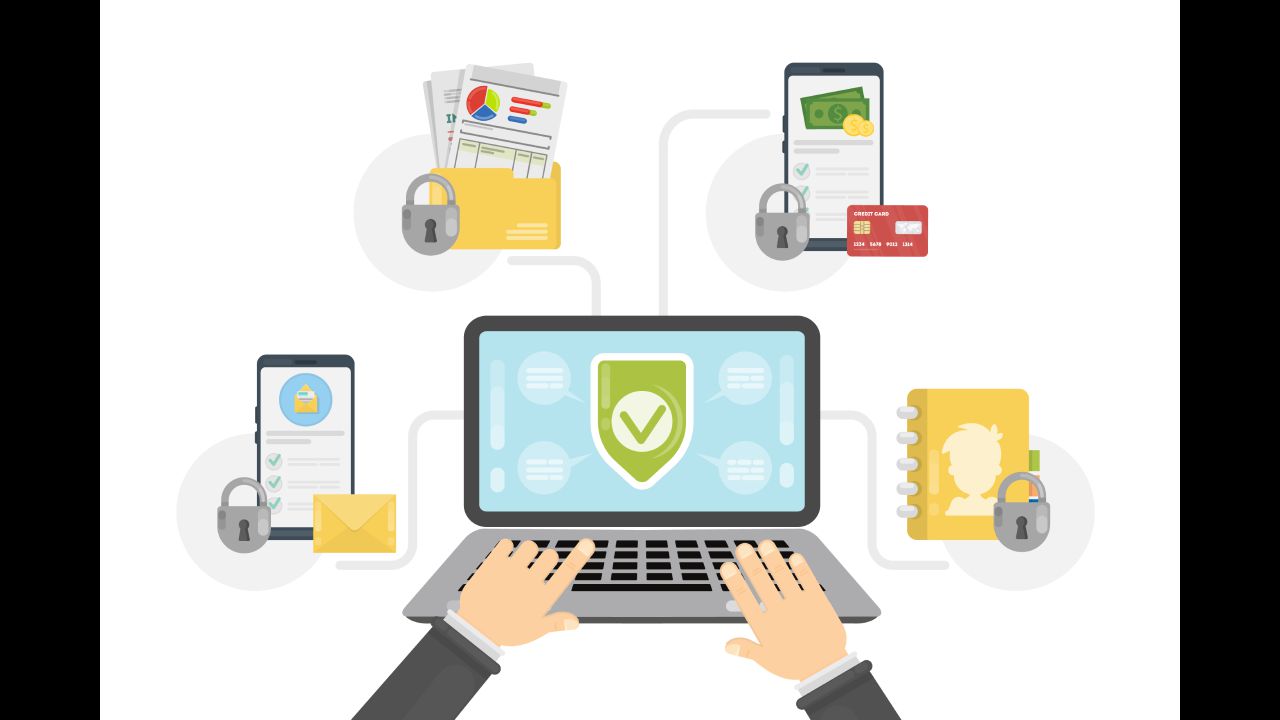As cybersecurity practitioners would have it, ‘it’s not if, but when’ organisations will encounter cybercrime. Many small- and medium-sized businesses (SMEs), particularly, consider their cybersecurity budget secondary. Sadly, it’s these companies that get the short end of the stick.
Research has revealed that over 80% of data breaches involved using weak or stolen passwords. Through employees’ personal devices, cybercriminals can access corporate networks and applications, jeopardising enterprise security.
Read More: Transitioning to the Cloud: A Step-by-Step Guide for Malaysian SME
The Rise of Phishing Attacks
One of the most commonplace security challenges that both individuals and companies encounter is phishing attacks. Hackers use emails, social media and phone calls to steal valuable data, from passwords to credit cards and other sensitive information.
Did you know that 91% of all cyberattacks begin with a phishing email? Despite extensive efforts to educate users on the dangers and methods of spotting these scams, the attacks have not subsided. On the contrary, they remain highly successful.
To help businesses fathom how they can avoid falling victim, we will first explore this topic deeper. Various phishing techniques that are the modus operandi for attackers include:
- Embedding a link in emails redirecting employees to an unsecured website that requests sensitive information.
- Installing a Trojan via malicious email attachments or ads that allows the intruder to exploit loopholes and obtain sensitive information.
- Spoofing the sender address in emails to appear as a reputable source requesting sensitive information.
- Impersonating a known company vendor over the phone to obtain corporate information.
Read More: Disaster Recovery Plan for Small Businesses in Malaysia

The Effects of Cybercrime
Small businesses don’t have the best software and hardware investment capacity, so they appear more vulnerable to cybercriminals. Therefore, they are more susceptible to attacks as opposed to larger enterprises. Without adequate protection and security, businesses may undergo many negative effects, such as:
1. Direct and significant financial disruption
The harsh reality points to most businesses shutting down after a large-scale cyberattack within a year. So, evidently, not only will cybercrime impact your company’s profits, it can create irrevocable damage. It can also cause a long-term impact on your company’s reputation and potential for growth.
2. Business disruption and lost productivity
Another debilitating effect businesses can suffer from is costly and time-consuming disruption. As a result, they must invest in repairing and improving IT systems and even retrain employees. After the immediate damage is dealt with, the fact remains that your organisation’s reputation has been compromised. Perhaps you lose contracts or client relationships. Ultimately, the business will have to rebuild its public relations.
3. Loss of reputation and credibility
On top of investing in new security, businesses may struggle with losing financial information or their confidential IP. This calls for auditing and moving financial accounts and attempting to recover the stolen IP. The value of these lost assets is difficult—sometimes impossible—to recover. Moreover, corporations can lose their required cash buffer to survive due to ransomware and more.

Ways to Protect Your Business from Cybercrime
So, what does this mean for you? If you own an SME and haven’t prioritised cybersecurity, there’s no time like the present to change that. Luckily, we’re here to discuss the steps you can take to protect yourself better, even when resources are scarce.
1. Conduct employee training
Employees untrained in proper security practices pose a huge liability. Thus, it’s wise to have a rigid system for reporting signs of an attack. Educate your employees on the warning signs and conduct training sessions with mock phishing scenarios.
In addition, cybersecurity training shouldn’t be a one-time thing but rather a regular undertaking to stay updated with the latest technologies and threats. You want to ensure that the risks are low in the first place!
2. Keep software updated
Outdated software can expose companies to vulnerable security flaws. Unsurprisingly, hackers often study the latest software updates to target businesses that are behind in adopting them. Thus, keeping all systems current with the latest security patches and updates is imperative.
3. Develop a system security plan
It is also advisable to develop a security policy that goes beyond password expiration and complexity. With a system security plan (SSP) in place, you can identify features in a system like hardware, software, their respective security measures, training methods, and security breach protocols. This document should also detail how to limit authorised assess and ensure employees practice secure habits.
4. Enforce secure password policies
Recycling passwords is a big no-no. Passwords should be updated constantly, containing more than eight characters. Just remember, the more complicated your password, the better. Contrarily, the simpler it is, the bigger the field day for hackers as it will be easier to crack.
5. Deploy software solutions
To go the extra mile, try employing a web filter to block malicious websites. You can also install antivirus solutions, signature updates and monitor the antivirus status on all equipment. Go even further by encrypting sensitive company data and requiring encryption for telecommuting employees.
6. Outsource disaster recovery
Managing cybersecurity issues yourself can get quite overwhelming. However, there are plenty of resources to turn to when you’re feeling lost. Besides outsourcing cybersecurity, you can employ Managed Cloud Disaster Recovery Services, a cloud computing and backup service model that helps prevent disruptions of applications and data during such events.
Having a copy of your important data backed up to the cloud will ensure a way for speedy restoration and minimised downtime. In turn, promising business continuity.
Running a business is stressful enough without having to worry about cybercrime adversities. Thankfully, Aegis CDR 12 + 12 aims to assist SMEs and big enterprises in backing up corporate data in a secure and cost-efficient way. With our help, you’ll be primed for success in no time.

